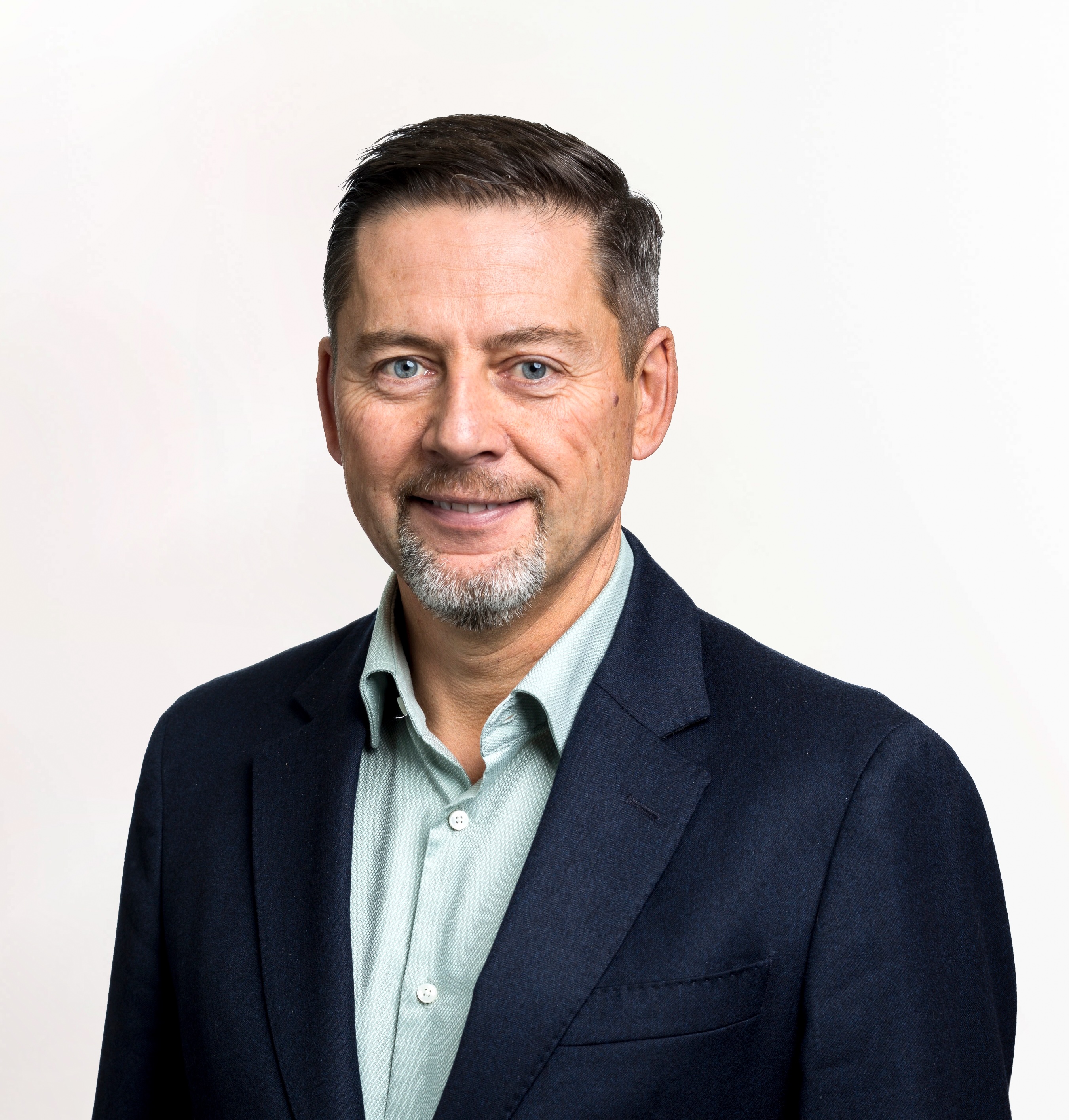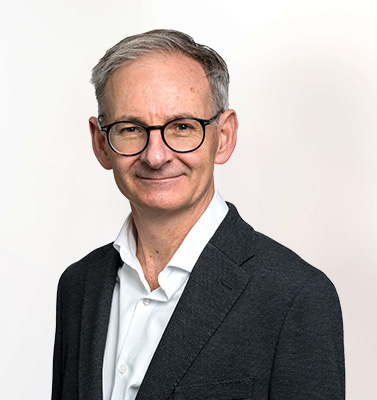Conscious Capital - 2022 Update
Having set out on our ESG journey last year, we have now successfully taken the first steps towards making our business more sustainable. Our goal is to reduce the impact of our business activities on both the environment and society as much as possible. Everything we do in this regard falls under the banner of “Conscious Capital”.
We realised from the outset that before any projects or initiatives could be worked on, one first, crucial step was to get a clear picture of our starting point. We needed to identify the areas in which we were already excelling and those which presented opportunities to make significant gains.
How did we do this?
Having met for the first time in January 2021, the Group’s ESG Forum (pictured below receiving a UNSECO Biosphere Award) have been working hard over the last year to benchmark our business against the World Economic Forum’s ESG Measuring & Reporting Framework.
The framework sets out 21 critical metrics and a further 34 expanded metrics against which organisations can score themselves in order to produce an overall ESG rating.
With 55 metrics to report on in total, generating an overall score is not simply a case of pulling together data from existing spreadsheets. Most businesses embarking on an ESG journey will likely come to the same realisation that they simply do not have the data to hand and that it will take time to generate a score which takes all 55 metrics into account.

Where to start?
While data was available for a large proportion of the metrics, there were some areas where our data collection and reporting needed to be improved. One area where we lacked data was around our carbon emissions, as this is something that requires specific expertise. Over the summer, we worked with Carbon Responsible to conduct an external audit of our carbon footprint. This has allowed us to better understand what needs to be achieved in order to reach our target of becoming carbon neutral by the end of 2025.
For the purpose of the audit, we used data from 2019 to create a baseline from which our carbon strategy could be built. This is because the 2020 figures would not be an accurate reflection of our energy consumption with staff working from home for most of the year.

The above graphs provide a summary of the audit results. The split of the Energy Scope graph is represented by:
Scope 1: All direct emissions from the activities of an organisation or under their control e.g. business travel.
Scope 2: Indirect emissions from electricity purchased and used by the organisation.
Scope 3: All other indirect emissions from activities of the organisation, occurring from sources that they do not own or control e.g. the daily commute of staff.
How have these findings shaped our strategy?
From the data, we can see that the most significant contributors to the Group’s carbon emissions are:
- Energy use within the office buildings
- Travel (both commuting and business)
Our initial focus is therefore on reducing emissions produced by staff travel. This will be achieved by incentivising both active travel and greener commuting methods. An electric vehicle leasing scheme as well as a cycle to work initiative have already been put in place and there are plans to offer subsidised bus travel for employees in the future.
As for energy use within the building, in the coming years there will be assessments and work undertaken to make our office spaces as energy efficient as possible. Work on this project has already commenced with the appointment last year of an Architecture Designer.
Tree-planting
Due to the unique structural challenges of electricity generation on the Isle of Man, it is unlikely that the Group will be able to reduce its direct carbon emissions to zero before the end of 2025 without some degree of carbon offsetting. To support this, we have committed to planting two trees for every new account opened across our investment and banking businesses. In 2021, we planted over 4,000 saplings across our two jurisdictions: the Isle of Man and South Africa, in partnership with the Isle of Man Woodland Trust and GreenPop. We are also committed to supporting and investing in other carbon offset projects that deliver benefits directly into our local communities. Importantly, Group employees are actively involved in these projects, each taking time out of the working week to support the initiatives.

ESG Investments
In 2020, we decided to redesign our existing ethical Investment offering and built our Fusion ESG strategy. During 2021, we saw increasing demand for Fusion ESG from new and existing clients who are wanting to invest in a positive and sustainable way. Fusion ESG focuses on four key themes:

Whilst there are abundant opportunities to invest in Clean Energy, Water and Healthy Living assets through equity funds, it is more of a challenge to find suitable investments that provide exposure to Sustainable Agriculture.
In Q4 2021, we undertook extensive market research to identify the following assets that have been added to the Fusion ESG strategy:
- Gladstone Land Corporation (LAND)
- Weyerhaeuser (WY)
- PotlatchDeltic (PCH)
All three of these assets have strong sustainability credentials from a climate change and biodiversity perspective. Gladstone owns 159 farms covering over 108,000 acres of land growing a wide variety of permanent agricultural crops and annual fresh produce. Their most recent acquisition was a Pistachio Orchard and, importantly, they have invested in farmland with abundant water sources.
Weyerhaeuser and PotlatchDeltic are both Sustainable Timberland Real Estate Investment Trusts, the former owns more that 11 million acres and the latter owns 1.8 million acres across North America.
The sustainable farmland and timberland assets also have positive investment attributes, adding an element of inflation protection to Fusion ESG as well as generating healthy dividends and providing diversification into an often under-owned asset class.
Conscious Capital in 2022
Whilst the focus in 2021 was on measuring and reducing our carbon emissions, there are 55 metrics to consider in total. Each metric has now been assigned to a different member of the ESG Forum, with the aim of filling any gaps in our current reporting across Governance, People, Planet and Prosperity.
With the progress that was made in 2021 towards filling these gaps, in 2022, we are in a much better position to manage our progress more accurately, using all of the 55 metrics. It is of course also important that we remain up to date with how the overall ESG investment landscape as well how ESG metrics are developing.
As for Fusion ESG, this year, the portfolio is positioned for the continued transition to a more sustainable global economy. With the addition of the sustainable agriculture assets mentioned above, we have added some defensive elements that will help to protect capital whilst making a positive impact from a climate change and biodiversity perspective.
Disclaimer: The views, thoughts and opinions expressed within this article are those of the author, and not those of any company within the Capital International Group (CIG) and as such are neither given nor endorsed by CIG. Information in this article does not constitute investment advice or an offer or an invitation by or on behalf of any company within the Capital International Group of companies to buy or sell any product or security or to make a bank deposit.
















